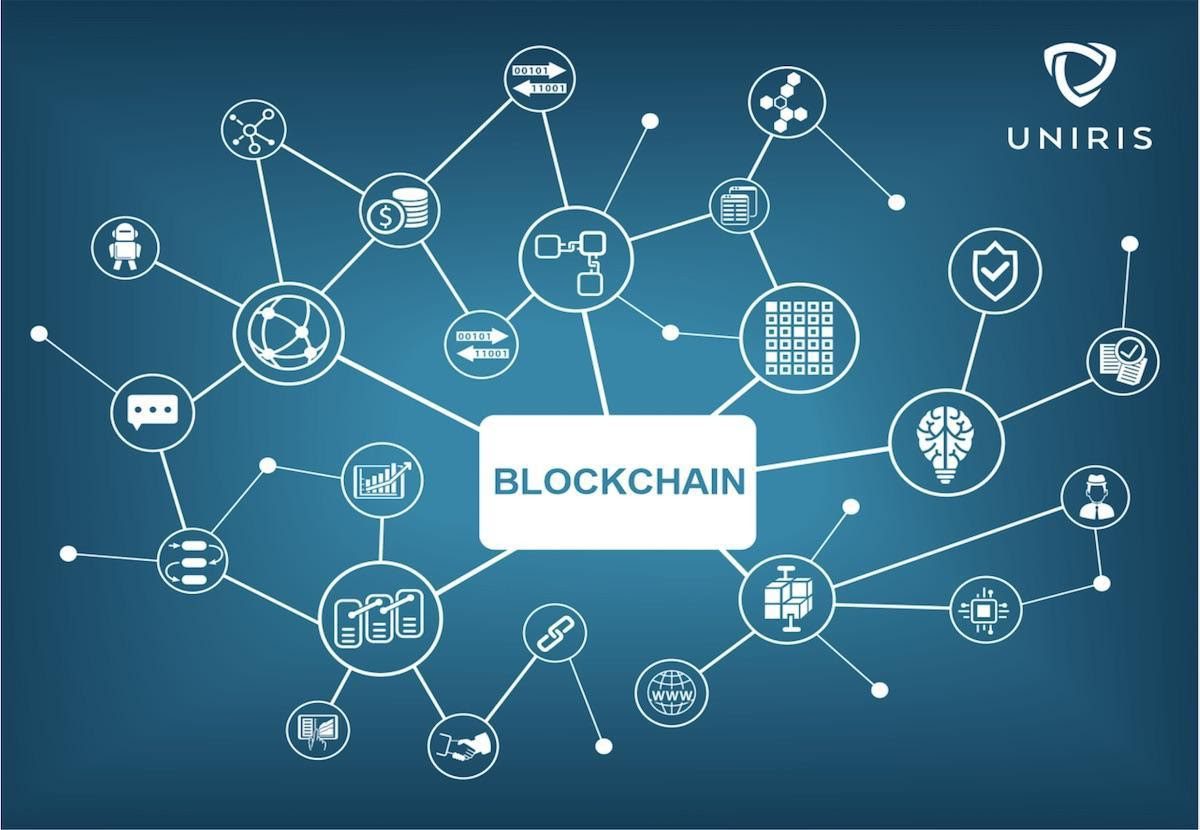Today, most of the governance structures are informal (off-chain) in cryptocurrencies such as Bitcoin, Ethereum and others. Based on the whitepaper of Satoshi Nakomoto, these governance models are improved upon. Developers initially submit proposals for improvements to the blockchain and then the core group involved, mainly composed of developers, is responsible for organizing and finding consensus among stakeholders.
The stakeholders in any blockchain protocol are mainly –
- Miners (operate nodes)
- Developers (build the blockchain)
- Users (use/invest the cryptocurrency of the blockchain)
This article will discuss ‘On-Chain Governance’ and particularly the on-chain governance model by Uniris, where any changes to the blockchain will be quick, formal, and work exclusively online. In layman’s terms, on-chain governance vs. off-chain governance is more like ‘Soft Brexit vs. Hard Brexit.’
What is the problem with Off-Chain Governance?
We’ll take the example of Ethereum, which is based on an off-chain governance model. Whenever any development is to be made in Ethereum, the developers send the proposal to the core dev team. The core team then analyses the code offline, and the modified code is made online later on.
Ethereum is currently transitioning from version 1.0 to 2.0. The change is risky, complicated, and has been prolonged. This primary reason for change is to reach higher scalability levels, have greater TPS (>TPS 45000) than Visa, Mastercard, etc. Ethereum expects to continue its development, hence node operators are implicitly directed to work on computers with more computing power and storage, easily resulting in some form of centralization.
However, the support for such centralization will decrease due to a practical reason. All the current smart contracts need to be transferred to another network for this transition to be effective. All the smart contracts will need to be created again and gradually added to the recent Ethereum 2.0 network. This is indeed a most tedious process in the history of blockchain technology.
Solution: Uniris’ Onchain Governance Model
On-chain governance models are essentially those where any change with respect to code is proposed, validated, accepted and implemented online. Code updates suggest all changes to the blockchain, and the respective nodes involved in that part of the code/logic will vote to approve or reject the change, implementing online democracy.
Once the code is accepted, it will automatically be included within the blockchain.
Note: However, not all voting nodes have the same amount of power. For instance, preference can be given to –
- Nodes with a previous history of code proposals & acceptances.
- Nodes with more coins.
E.g., Tezos uses a similar method of on-chain governance called ‘self-amending ledger’. On a test version of the blockchain, all the suggested improvements are first introduced. Upon successful results, the code will be placed online on the blockchain.
Uniris’ Edge
In the Uniris network setup, the Blockchain itself hosts the code used by the nodes, so the network is sure that all the nodes will immediately apply the decided updates. This is done through the Elixir hot-reload modules and from the information stored in the “smart-contract content” area. In addition, the Uniris Blockchain is equipped to test, in real-time, the impact of a new feature.
Governance of the Uniris network is based on eight different groups.

- Users: Anyone who has the ability to prove their uniqueness (via biometric devices for example).
- Miners: Owners of the mining nodes which make up the network.
- Application & Services: Application providers whose weightage is based on generated usage.
- Foundation: Role is to steer the community and organize governance.
- Technical Council: Comprised of “core developers”; whose weightage depends on the importance of their code contribution.
- Uniris: Role as creator of the network.
- Ethics Council: Members will be proposed/elected by the community. They have a veto right in matters of all technical issues that can affect users’ privacy.
- Blockchain: The Blockchain itself, particularly, through its ability to test a full-scale functionality before deploying it on the network. For instance, the maximum size of transactions is not linked to a point of view; instead it can be directly tested to determine the real impact on the network with regards to the need considered.
Planned Governance by the Community

Uniris, a Humanitarian and Community Project
When the risk of forking is removed, all patents will be transferred to the heritage of the open-source technologies. Most probably this heritage would be assigned to the Open Invention Network (OIN). The whole source code will be AGPL licensed.
– Written By Nilesh Patankar, COO and Co-founder, Uniris, and Akshay Kumar Kandhi, Chief Product Officer, Uniris
For any questions or more information on Uniris do check out: https://uniris.io or follow them on social media:
- Telegram: https://t.me/uniris
- Twitter: @unirislife



































